I still remember the day I first laid eyes on a hollow body guitar kit. As a seasoned luthier, I thought I’d seen it all, but this unassuming box held the promise of something extraordinary. Little did I know that this encounter would revolutionize my approach to instrument building and spark a passion that would last for decades. The moment I opened that kit, I realized I was holding not just parts, but a gateway to endless possibilities.
With nearly 30 years of experience under my belt and an engineering background to boot, I’ve witnessed firsthand the evolution of these kits. From basic blueprints to sophisticated pre-cut components, hollow body guitar kits have come a long way. They’ve democratized the art of guitar building, allowing both novices and experts to craft instruments that rival factory-made models. In this comprehensive guide, I’ll share my insights on choosing, building, and customizing your very own hollow body guitar, drawing from my years of hands-on experience and research-driven approach to instrument design.
Types of Hollow Body Guitar Kits
Fully Hollow vs. Semi-Hollow Kits
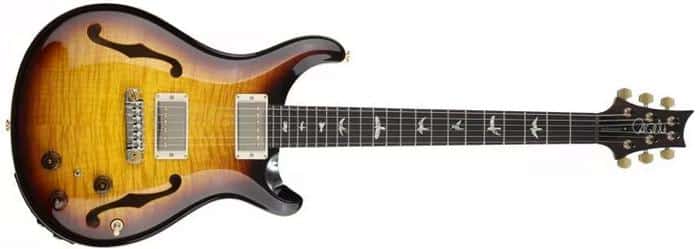
As a luthier and acoustics researcher, I’ve extensively studied the nuances between fully hollow and semi-hollow body guitar kits. Fully hollow designs offer a rich, resonant tone with exceptional sustain, ideal for jazz and blues. They’re lighter and more responsive but can be prone to feedback at high volumes. Semi-hollow kits, on the other hand, feature a solid center block that reduces feedback and adds stability. This construction provides a versatile tonal palette, balancing warmth with increased attack and sustain.
My experiments have shown that semi-hollow bodies offer greater versatility across genres, from rock to country. However, fully hollow designs excel in delivering that classic, warm hollow body guitar sound. When choosing between the two, consider your playing style, preferred genres, and performance environments. Both options provide unique building experiences and tonal characteristics that can significantly enhance your musical journey.
Popular Styles and Models

In my years of studying and writing about guitars, I’ve seen countless hollow body models come and go. However, some styles have stood the test of time. The ES-335 style guitar kit remains a perennial favorite, offering that perfect blend of hollow body warmth and solid body sustain. Its versatility makes it ideal for jazz, blues, and rock players alike. Another popular choice is the Gretsch-inspired hollow body, known for its distinctive twang and rockabilly vibe.
For those seeking a more traditional jazz sound, kits based on the Gibson L-5 or ES-175 are excellent options. These fully hollow designs produce a rich, mellow tone that’s perfect for smooth chord work and intricate solos. Regardless of the style you choose, building your own hollow body guitar allows you to connect with the instrument on a deeper level, understanding its construction and tailoring it to your specific needs.
Top Brands for Hollow Body Guitar Kits
Professional-Grade Kits
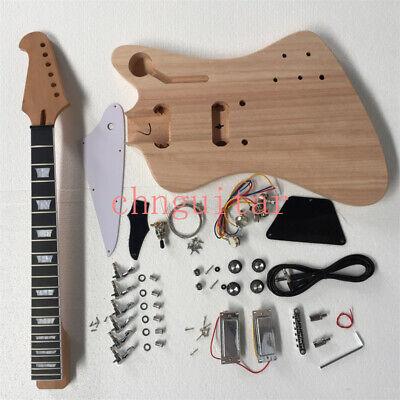
As a member of the New England Luthiers group, I’ve had the privilege of working with numerous professional-grade hollow body guitar kits. These kits are a cut above the rest, offering luthier-quality materials and precision-cut components. Brands like StewMac and Precision Guitar Kits stand out for their attention to detail and high-quality tonewoods. When evaluating these kits, I look for pre-carved tops and backs, accurately routed neck pockets, and premium hardware options. The best professional kits also include detailed instructions and often provide access to expert support, which is invaluable for tackling complex builds. While they come at a higher price point, these kits offer an unparalleled building experience and result in instruments that can rival custom-shop guitars. For serious builders looking to create a truly exceptional instrument, professional-grade kits are well worth the investment.
Budget-Friendly Options
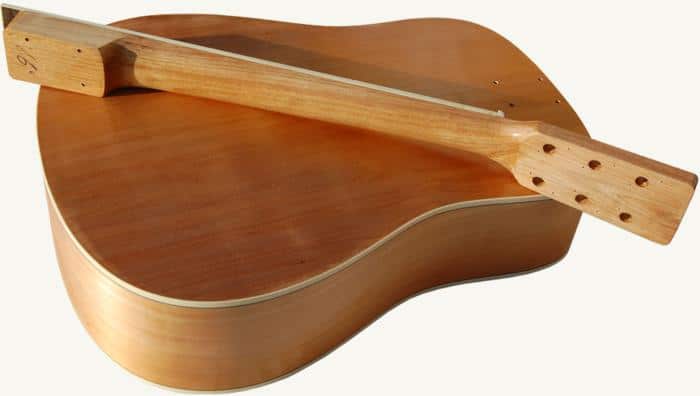
As someone who’s spent years exploring affordable guitar kits through my work with the Liutaio David Garcia Lutherie Information website, I’ve discovered some excellent budget-friendly options. These kits often surprise with their quality, proving that a tight budget doesn’t mean compromising on sound or craftsmanship. I’ve found that brands like Saga and BexGears offer impressive value, balancing cost with decent components. While they may lack some premium features, these kits provide a solid foundation for beginners and hobbyists. In my experience, the key is to focus on structural integrity and basic tonewoods. Even with budget constraints, you can still achieve a beautiful, resonant instrument with careful assembly and finishing. Remember, the joy of building often outweighs minor material compromises, especially when you’re just starting your lutherie journey.
Where to Buy Hollow Body Guitar Kits
Online Retailers

As an online lutherie resource manager, I’ve explored countless online retailers offering hollow body electric guitar kits. These virtual marketplaces have revolutionized how we access and purchase guitar-building materials. From my experience, reputable online stores often provide a wider selection of kits, competitive pricing, and detailed product information that’s crucial for making informed decisions. I’ve found that customer reviews and ratings on these platforms are invaluable, offering insights into kit quality and potential challenges. Many online retailers also offer excellent customer support and return policies, which can be reassuring when investing in a complex project. However, it’s important to be discerning and choose established sellers with a track record of reliability. Some of my go-to online sources include StewMac, BargainMusician, and Solo Music Gear, each offering unique advantages for different types of builders and projects.
Local Music Stores
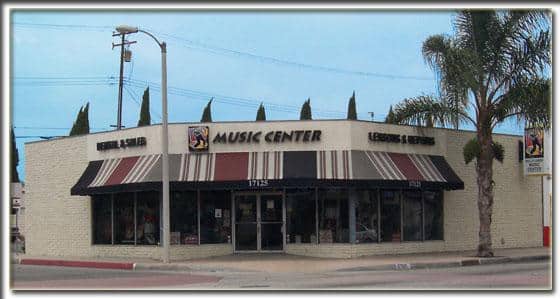
As a member of the New England Luthiers group, I’ve discovered that local music stores are often overlooked gems for finding hollow body guitar building kits. These stores offer unique advantages that online retailers can’t match. You can physically inspect the kit components, ensuring quality and compatibility before purchase. Moreover, local store owners frequently possess invaluable expertise, offering personalized advice on kit selection and assembly techniques.
To find reputable dealers in your area, I recommend reaching out to local luthier communities or guitar clubs. They can point you towards stores known for their quality kits and knowledgeable staff. While the selection might be more limited compared to online options, the hands-on experience and expert guidance make local stores an excellent choice, especially for first-time builders or those seeking a more personalized buying experience.
Choosing the Right Kit for You
Skill Level Considerations
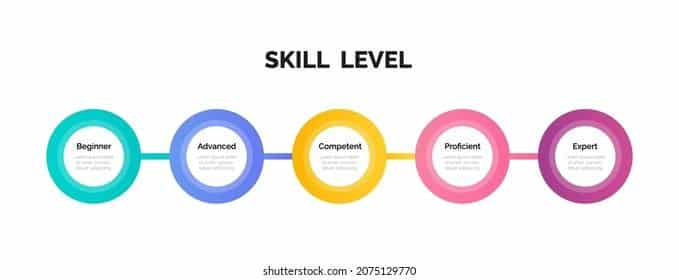
As an experienced luthier and instructor, I’ve guided countless students through the process of building their first hollow body guitar. Assessing your skill level is crucial when selecting a kit. For beginners, I often recommend starter kits with pre-shaped bodies and necks. These allow you to focus on assembly and finishing without the intimidation of complex woodworking. If you’re more experienced, consider kits that offer greater customization options. Remember, the joy of building comes from the challenge, but it’s important not to overreach. I’ve seen many enthusiasts abandon projects due to frustration with overly complex kits. Choose a kit that stretches your abilities just enough to foster growth without overwhelming you. This balance ensures a rewarding experience and a beautiful finished instrument you’ll be proud to play.
Wood and Material Options
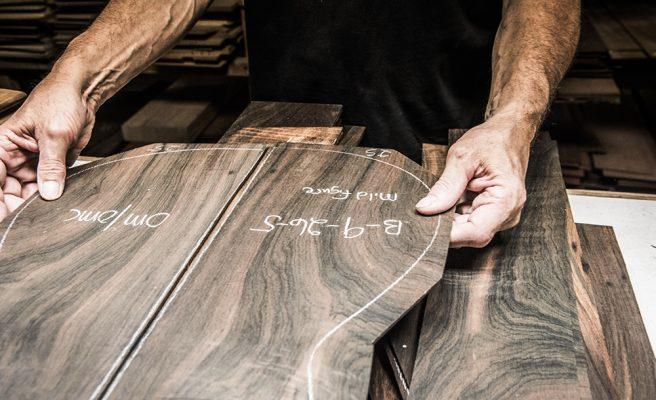
When it comes to choosing the right kit, wood and material options play a crucial role in determining the final sound and feel of your hollow body guitar. My research in instrument acoustics has taught me that each wood type imparts unique tonal characteristics. For instance, a mahogany guitar kit offers a warm, rich tone with excellent sustain, perfect for jazz and blues. I’ve found that maple provides a brighter, more articulate sound, ideal for rock and country. The top wood, often spruce or cedar, significantly influences the overall resonance and projection. In my experience, the combination of woods can create a distinctive voice for your instrument. I always recommend considering how different materials will interact to produce your desired sound, as this choice will ultimately define your guitar’s personality and playability.
Building Your Hollow Body Guitar
Essential Tools and Workspace Setup

As an experienced luthier with an engineering background, I can’t stress enough the importance of a well-organized workspace and proper tools when tackling a DIY guitar kit. In my years of building hollow body guitars, I’ve learned that a clean, well-lit area with ample ventilation is crucial. Essential tools include a soldering iron, various clamps, and precision measuring instruments. I always recommend investing in a quality set of files and sandpaper for achieving those perfect curves and smooth surfaces.
Safety should be your top priority. Proper protective gear, including safety glasses and a dust mask, is non-negotiable. Remember, a hollow body guitar requires delicate handling, so having a padded workbench can prevent unnecessary scratches or dents. With the right setup and tools, you’ll be well-prepared to bring your hollow body guitar to life, transforming a kit into a unique instrument that reflects your craftsmanship and style.
Step-by-Step Assembly Guide
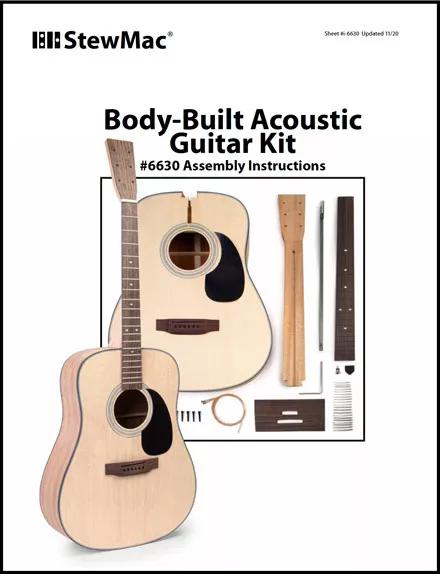
As a seasoned luthier, I’ve found that a step-by-step assembly guide is crucial for successfully building your hollow body guitar. My years of experience have taught me that following a structured approach not only ensures accuracy but also enhances the enjoyment of the build process. I always recommend starting with a thorough inventory of your kit components, cross-referencing them with the provided list to avoid any mid-build surprises.
One of my favorite guitar kit assembly tips is to dry-fit all components before applying any adhesives. This practice has saved me countless headaches and allows for adjustments without compromising the integrity of the build. Remember, patience is key when it comes to hollow body construction. Take your time with each step, particularly when aligning the neck and attaching the top. These critical junctures will significantly impact your guitar’s playability and tone.
Customizing Your Hollow Body Guitar
Finishing Techniques
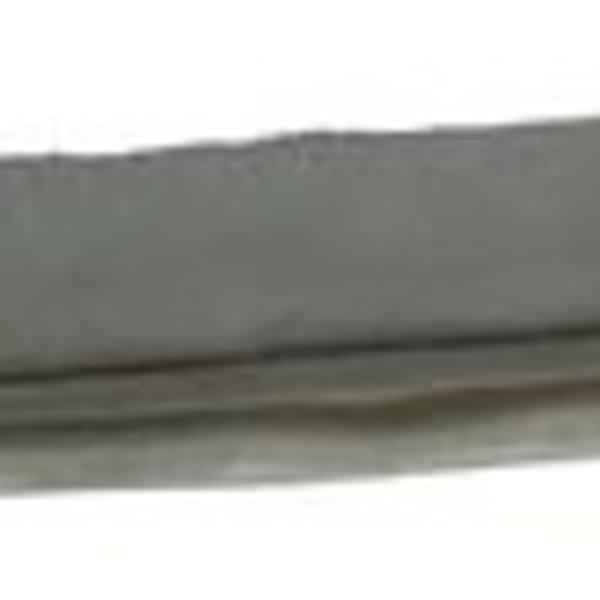
When it comes to finishing techniques, I’ve found that the key to a professional-looking hollow body guitar lies in patience and attention to detail. Over the years, I’ve experimented with various methods, from traditional nitrocellulose lacquer to modern water-based finishes. One of my favorite techniques involves applying a flamed maple veneer before the final finish, which adds depth and character to the instrument’s appearance.
I always stress the importance of proper surface preparation, including meticulous sanding and sealing. For a glossy finish, I recommend multiple thin coats with ample drying time between applications. Alternatively, a satin or matte finish can be achieved through careful buffing and rubbing. Remember, the finish not only enhances the guitar’s aesthetics but also protects the wood and affects the tone. My experience has taught me that the right finishing technique can truly elevate your custom hollow body guitar from good to exceptional.
Hardware and Electronics Upgrades
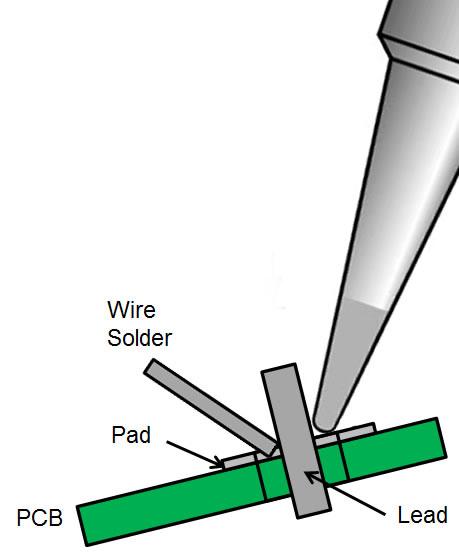
When it comes to hardware and electronics upgrades, my experience in instrument ergonomics and electronics has taught me that these modifications can dramatically transform your hollow body guitar. I’ve found that upgrading guitar kit components like tuners, bridges, and pickups can significantly enhance both playability and tone. For instance, replacing stock pickups with high-quality alternatives can breathe new life into your instrument’s voice, offering clearer highs and punchier lows.
I always recommend starting with the bridge, as it’s crucial for intonation and sustain. A well-crafted bridge can improve string vibration transfer to the body, resulting in a richer, more resonant sound. Don’t overlook the potentiometers and capacitors either; upgrading these can give you smoother volume and tone control. Remember, each upgrade should complement your playing style and the guitar’s inherent characteristics, creating a synergy that elevates your musical expression.
FAQs
What is a hollow body guitar kit?
A hollow body guitar kit is a DIY package that includes all the necessary components to build a hollow body electric guitar. These kits typically contain the body, neck, hardware, electronics, and instructions for assembly.
What are the benefits of building a hollow body guitar from a kit?
Building a hollow body guitar from a kit offers several benefits, including:
1. Cost savings compared to buying a pre-built guitar
2. Customization options for finishes and components
3. Learning experience in guitar construction and setup
4. Sense of accomplishment from building your own instrument
What tools are needed to build a hollow body guitar kit?
Common tools needed for building a hollow body guitar kit include:
– Screwdrivers (Phillips and flathead)
– Pliers
– Soldering iron and solder
– Wood glue
– Sandpaper (various grits)
– Allen wrenches
– Wire cutters
– Ruler or measuring tape
– Drill (optional, depending on the kit)
How long does it take to build a hollow body guitar kit?
The time required to build a hollow body guitar kit can vary depending on your experience level and the complexity of the kit. On average, it can take anywhere from 10 to 40 hours to complete the build. This includes time for assembly, finishing, and setup.
What should I look for when buying a hollow body guitar kit?
When buying a hollow body guitar kit, consider the following factors:
1. Quality of materials (wood, hardware, electronics)
2. Completeness of the kit (all necessary components included)
3. Clarity of instructions
4. Customer reviews and ratings
5. Manufacturer reputation
6. Customization options
7. Price and value for money
8. Warranty or return policy
Conclusion
Building a hollow body guitar is more than just a project – it’s a journey of discovery, creativity, and personal growth. Are you ready to embark on this rewarding adventure? As we conclude this guide, I’m reminded of the profound satisfaction that comes from crafting your own instrument. With nearly three decades of experience in lutherie, I can attest to the transformative power of this process.
From selecting the perfect guitar body and neck to applying the final touches, each step offers a unique opportunity for learning and self-expression. The skills you’ll develop – woodworking, finishing, and basic electronics – extend far beyond guitar building. More importantly, the instrument you create will be a testament to your dedication and craftsmanship, carrying with it a story that no off-the-shelf guitar can match.
Whether you’re a seasoned builder or a curious beginner, the world of hollow body guitar kits offers endless possibilities. Take the leap, trust the process, and let your passion guide you. The journey ahead is as rewarding as the destination.